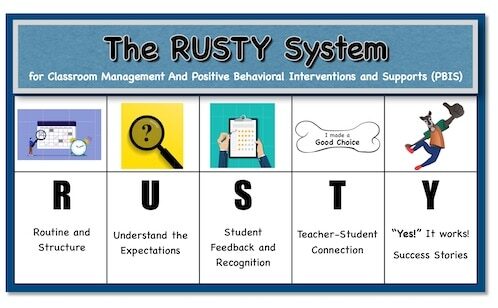Why Teachers Should Give Students Leadership Roles in Class
Giving students leadership roles in the classroom is a great way to build responsibility, boost confidence, and encourage collaboration. When students take on meaningful roles, they develop problem-solving skills, learn to work as a team, and gain experience that prepares them for future leadership opportunities. It also helps create a more organized and efficient learning environment while reducing the teacher’s workload. To successfully implement student leadership, teachers can assign roles based on strengths and interests, rotate responsibilities regularly, model and explain each role, encourage peer support, and provide positive feedback to reinforce accountability.
There are many leadership roles that students can take on to help the classroom run smoothly. For example, a Peer Helper can assist classmates who need extra support or haven’t finished their work, while a Classroom Manager keeps supplies and materials organized. A Line Leader ensures the class moves in an orderly way, and an Assistant Teacher helps answer questions or demonstrate activities. A Tech Helper manages computers and devices, while an Encourager provides motivation and positive reinforcement to classmates. Other helpful roles include a Homework Checker to track assignments, a Librarian to organize books, and a Desk Inspector to keep workspaces tidy. Students can also serve as a Messenger to deliver notes, a Calendar Keeper to remind classmates of important dates, or a Timekeeper to track activities. Additionally, an Energy Monitor ensures lights and electronics are turned off when not in use, a Recess Equipment Manager helps take care of sports gear, and a Welcome Ambassador greets visitors and assists new students in adjusting to the classroom. By giving students meaningful leadership opportunities, teachers create a more engaged, cooperative, and self-sufficient learning environment.
Real life example: In Ms. Johnson’s fifth-grade class, students struggled with engagement and responsibility. She assigned leadership roles, like Peer Helper and Timekeeper, to encourage participation. Over time, students became more independent, supportive, and confident, improving teamwork and classroom routines.



